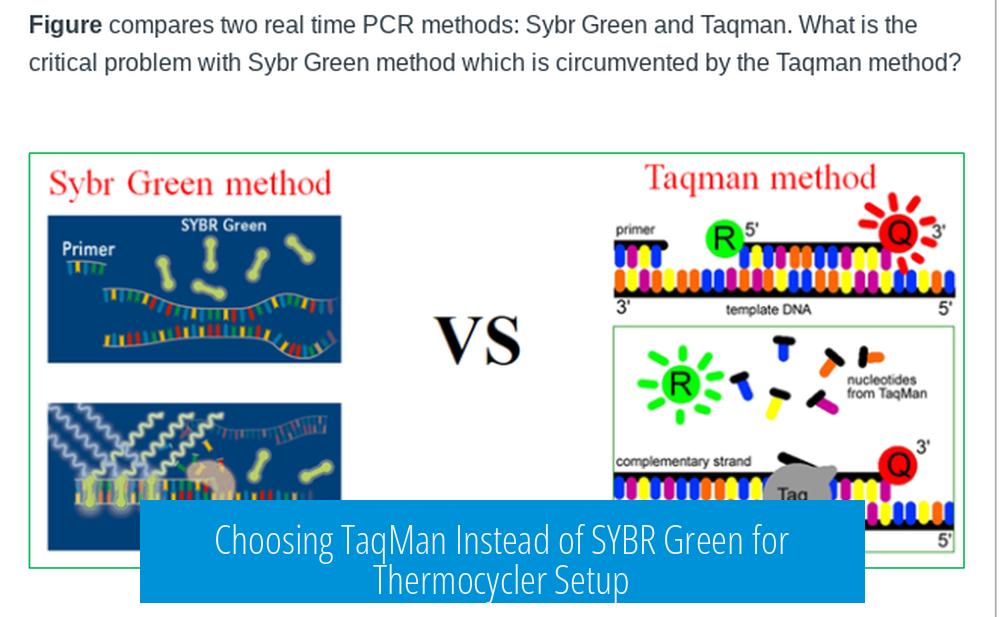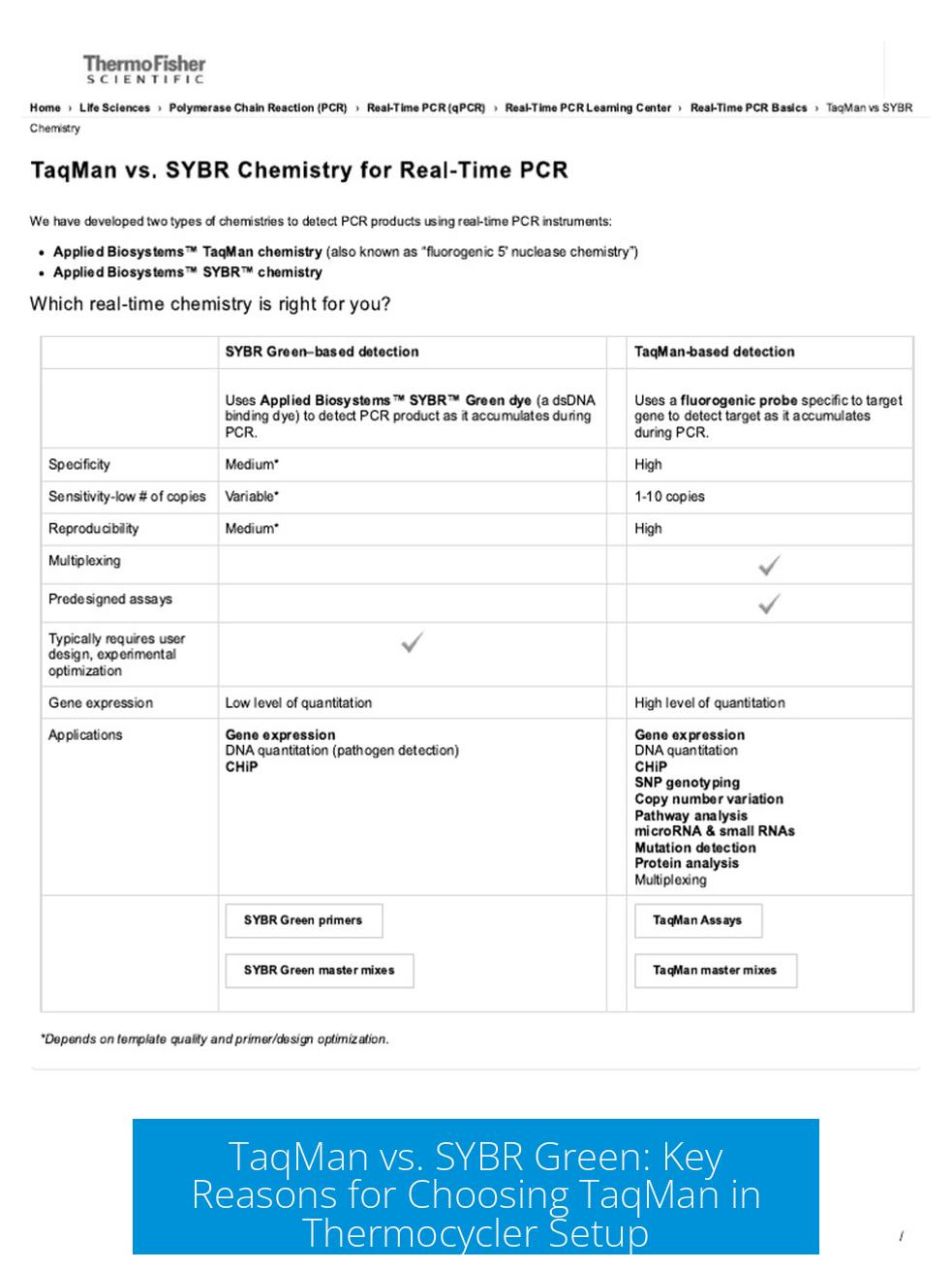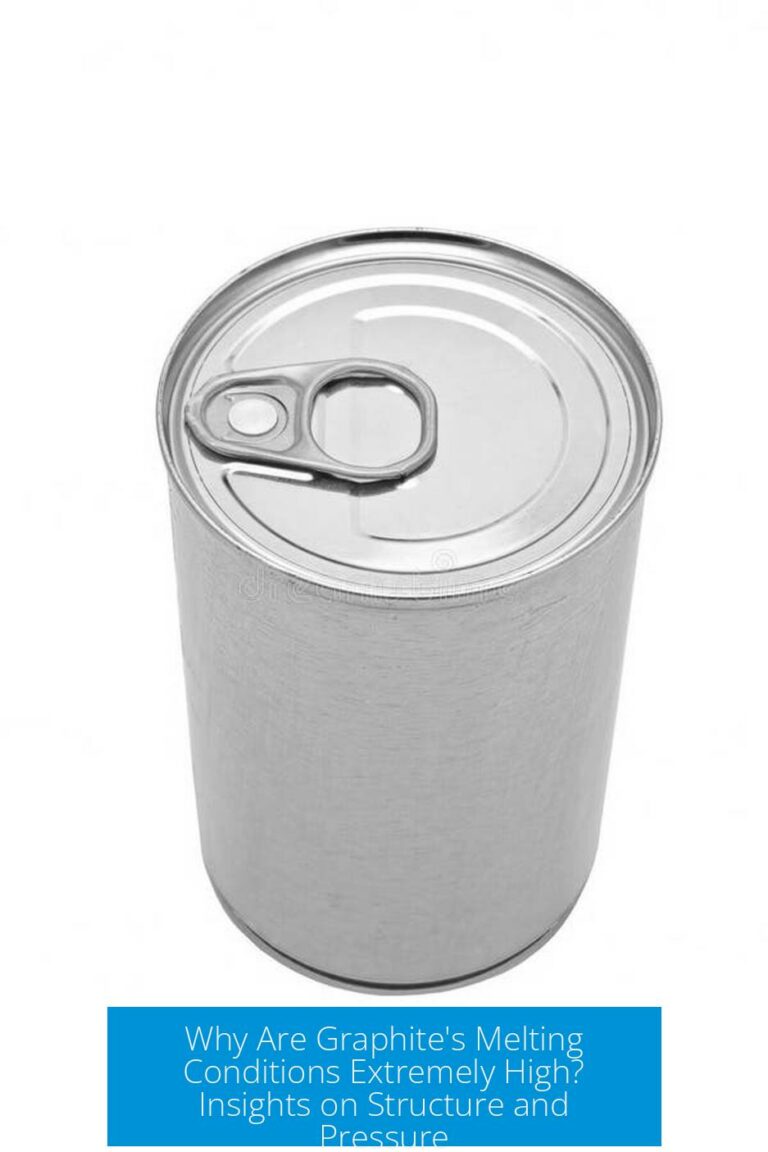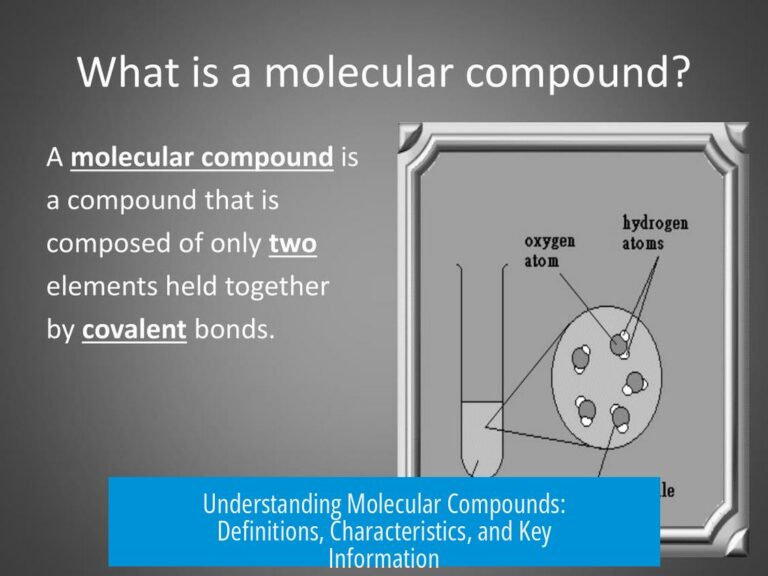Choosing TaqMan Instead of SYBR Green for Thermocycler Setup

Choosing TaqMan over SYBR Green for a thermocycler program changes thermal cycling parameters and data collection settings, ultimately affecting fluorescence detection and resulting data quality. TaqMan assays use probe-based chemistry, while SYBR Green relies on dye intercalation. This fundamental difference requires different thermocycler settings.
Thermal Cycling Parameter Differences
Thermal cycling conditions vary between SYBR Green and TaqMan chemistries. SYBR Green protocols often include standard default settings optimized for dye binding. TaqMan assays require cycling parameters tailored for probe hybridization and cleavage. When using instrument defaults, parameters such as annealing temperature and extension time must be verified and adjusted accordingly to optimize amplification efficiency.
Fluorescence Detection and Channels
Both TaqMan-FAM probes and SYBR Green dye are detected in the same fluorescence detection channel (usually channel X1-m1). This overlap means that, if a TaqMan-FAM assay is set up on a system programmed for SYBR Green, fluorescence signals could still be measured. However, relying on this overlap can reduce specificity and complicate data interpretation.
Impact on Melt Curve Analysis
SYBR Green protocols incorporate a melt curve step after amplification to assess specificity by distinguishing specific products from primer-dimers based on melting temperatures. TaqMan assays do not include melt curves, as their probe-based detection is already target-specific. Choosing TaqMan eliminates this additional data collection step, which means no melt curve will appear in the run results.
Effects on Amplification Signal and Data Quality
Due to the differences in cycling parameters and lack of a melt curve, using TaqMan settings in place of SYBR Green may decrease signal quality and reliability. The amplification curve can still appear, but suboptimal temperature or time settings might yield poor results. Data accuracy benefits from selecting the correct chemistry-specific thermal profile rather than relying on default or overlapping parameters.
Summary of Key Points
- Thermal cycling parameters differ between SYBR Green and TaqMan and require proper adjustment.
- Both TaqMan-FAM and SYBR Green fluorescence are detected in the same channel, which may cause signal overlap.
- SYBR Green protocols include melt curve analysis; TaqMan protocols do not.
- Using TaqMan settings without adjustments can reduce data quality and amplification efficiency.
- Choosing the appropriate protocol ensures optimal thermocycler performance and reliable results.





Leave a Comment